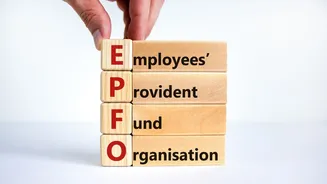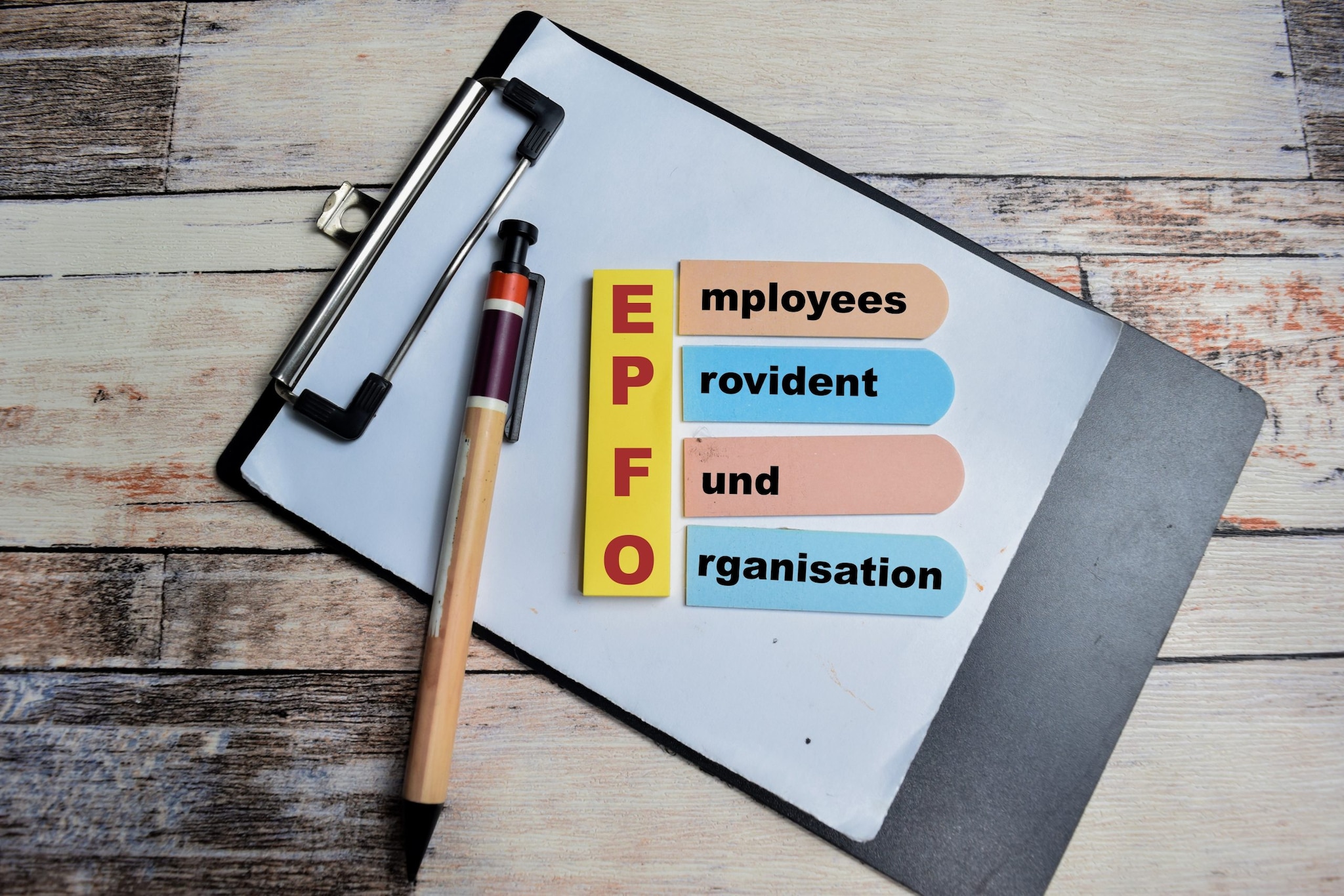Central Provident Fund Commissioner and EPFO CEO Ramesh Krishnamurthi said the move was aimed at simplifying access while preventing members from exhausting their entire savings before retirement.
“The idea was to make it easy for people to access their PF money in times of need, but also protect their corpus for long-term social security,” he told CNBC-TV18.
25% PF corpus to remain locked — EPFO says it’s for “future protection”
Under the revised rules, members can withdraw up to 75% of their PF balance at any time for essential needs, housing or special circumstances.
However, 25% of the corpus will remain locked as a minimum retirement buffer, earning annual interest of 8.25%.
Krishnamurthi argued that frequent withdrawals were eroding members’ social security.
EPFO data shows nearly half of members have less than ₹20,000 left at final settlement, while 75% of pension contributors exit within three years.
12-month waiting period for full withdrawal triggers concerns
One of the biggest pain points raised by employees — especially from sectors facing layoffs — is the rule allowing full withdrawal only after 12 months of employment.
Critics say this may leave newly employed or contract workers without access to funds during sudden income loss.
EPFO has refuted the criticism, claiming partial withdrawals remain available even before completing one year, including for illness, education, marriage or under a broad “special circumstances” category where no documentation is required.
“The 12-month rule actually preserves pension eligibility as many members were exiting PF accounts entirely after short stints,” Krishnamurthi said, adding that if unemployment continues beyond 12 months, even the reserved 25% becomes withdrawable.
Experts divided over the ‘protected balance’ clause
Suchita Dutta, Executive Director of Indian Staffing Federation, said the rule creates much-needed discipline but acknowledged the hardship for those facing layoffs.
“The 25% lock-in prevents total depletion and ensures compounding, but during emergencies like job loss or medical crises, even 75% may not be enough.”
Chartered accountant Sripal Jain, Co-founder of Simandhar Education, called the provision “a dual advantage — easier withdrawals with built-in protection.”
“Earlier 13 categories have been simplified to three. Members now have quicker access, while retaining savings for the future.”
Political resistance builds
Opposition leaders, including TMC MP Saket Gokhale, have labelled the lock-in “open theft of salaried people’s own money.”
Social media users have called for a rollback, arguing that workers should have full control over their savings.
Liquidity vs security: Policy debate far from settled
While EPFO insists the framework strikes the right balance between instant liquidity and retirement adequacy, labour groups are demanding exceptions for layoffs and medical crises.
For now, members can access up to 75% of their PF corpus anytime without heavy documentation — but must wait 12 months to withdraw in full.
The remaining 25% stays protected unless unemployment extends beyond a year.
Whether this enforced discipline is social security or financial restriction will likely depend on which side of the layoff line one stands.













